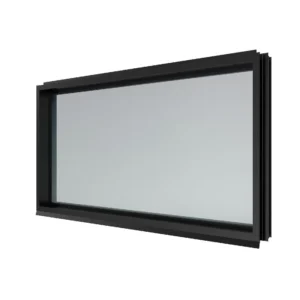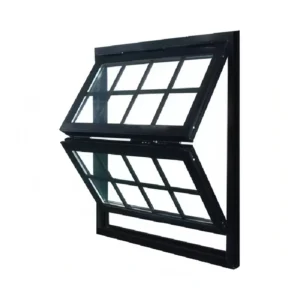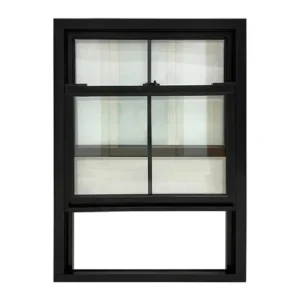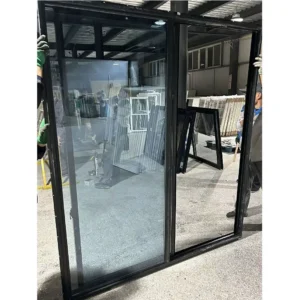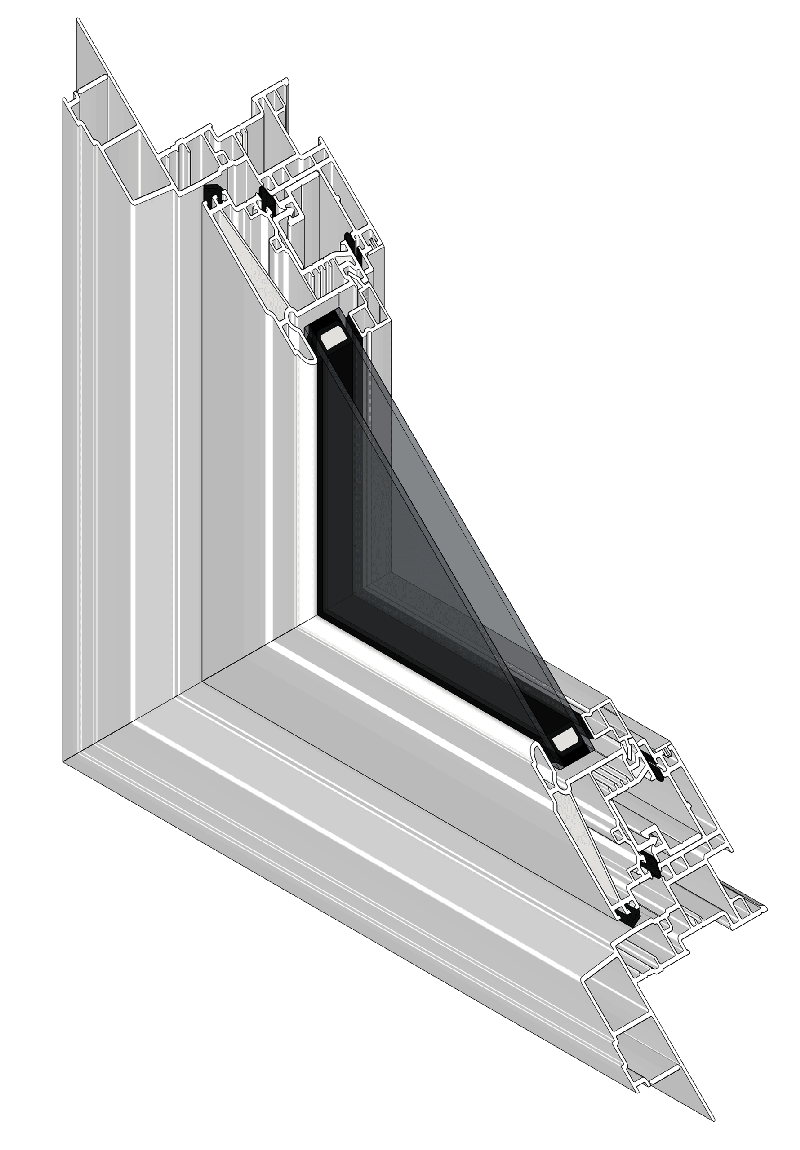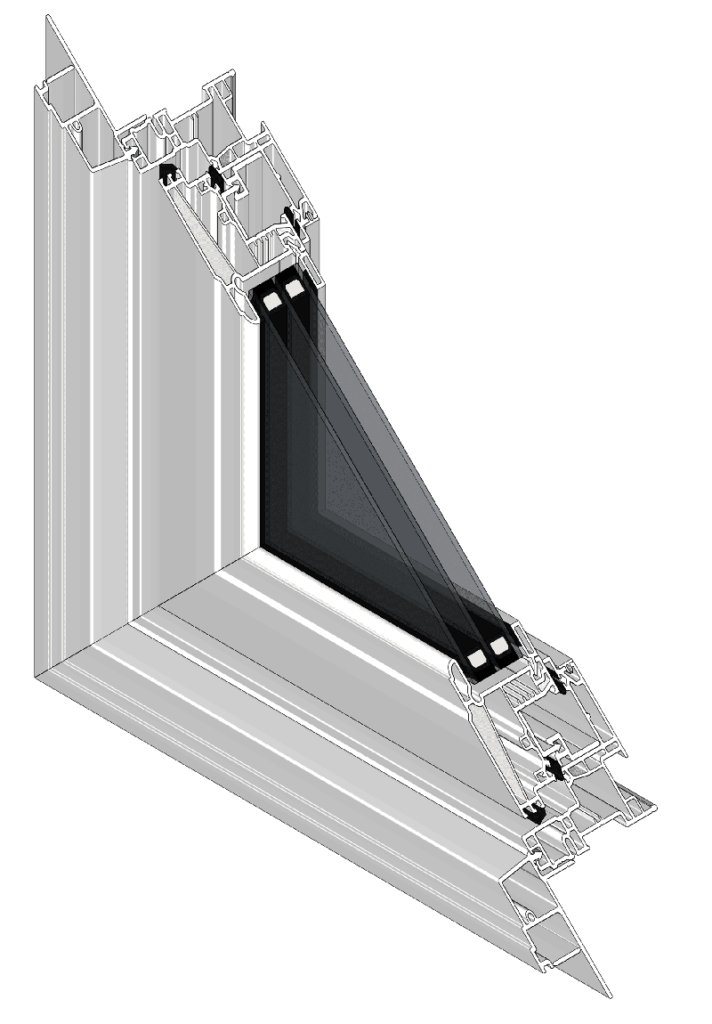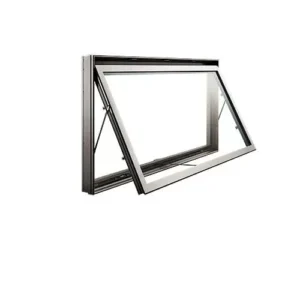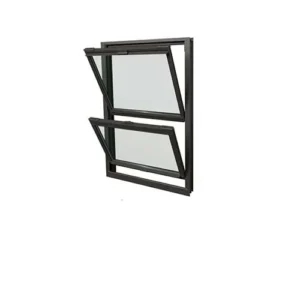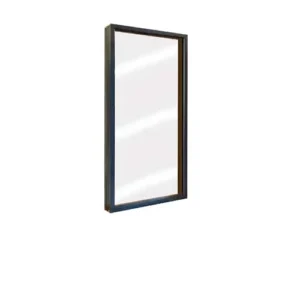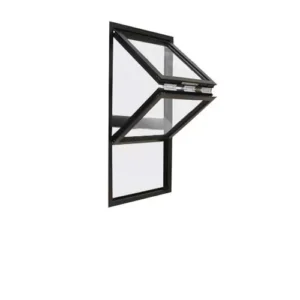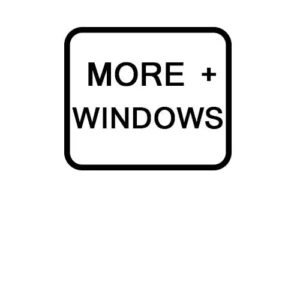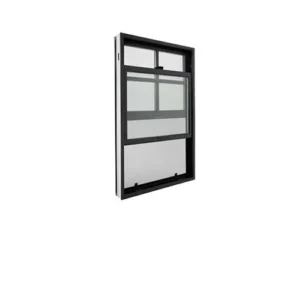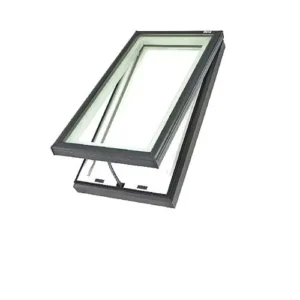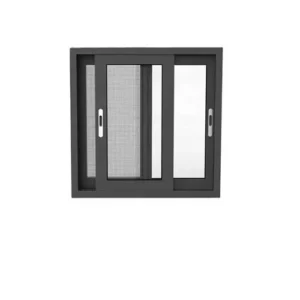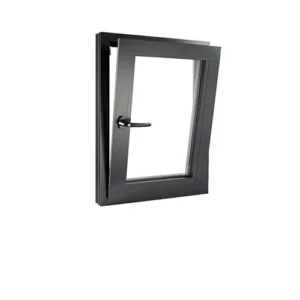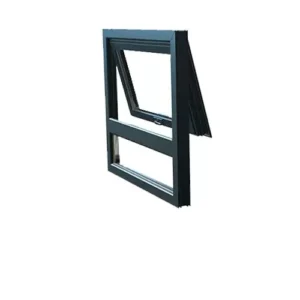ABOUT Aluminum WINDOW FAQ
Aluminum profiles: Extruded sections (often with polyamide or polyurethane thermal-break inserts) forming the sash and frame
Glazing units: Single, double, or triple panes sealed with gaskets to ensure air- and water-tight performance
Hardware: Hinges, handles, locks, and weather-strips designed to fit slim aluminum sections
Thermal breaks: Insulating barriers between interior and exterior aluminum to reduce heat transfer and condensation
Durability & Low Maintenance
Aluminum resists corrosion, warping, and cracking, and requires only simple cleaning to maintain appearance
Slim sightlines
High material strength allows very narrow frames, maximizing glass area for daylight and views
Design flexibility
Extrusion supports custom shapes, large spans, curved profiles, and a wide palette of powder-coat or anodized finishes
Recyclability
Aluminum is almost infinitely recyclable with minimal loss of properties, making it a sustainable choice
Casement (side-hinged, opens outward) for excellent ventilation
Awning (top-hinged, opens upward) for rain-protected airflow
Fixed (Picture) (non-operable) for maximum light and views
Sliding (horizontal sash movement) for space-efficient operation
In fact, aluminum alloy can be customized into any style of windows and doors, and this material is also the choice of most customers in the market.
Yes, aluminum windows typically cost more than vinyl windows. On average, vinyl replacement windows are about 30% less expensive than comparable aluminum models. For example, six aluminum replacement windows may cost around $260, while vinyl windows would generally cost less.
Frame slenderness & span: Aluminum supports much slimmer profiles and larger maximum sizes (up to ~6 ft 6 in tall) compared to uPVC (~5 ft 3 in)
Thermal performance: uPVC inherently insulates better, while aluminum requires high-quality thermal breaks to match or approach uPVC’s U-values
Cost: uPVC is generally more affordable upfront; aluminum costs 25–50 % more but can prove cost-effective long term due to durability
Maintenance: uPVC (especially white) can discolor and requires occasional frame cleaning; aluminum finishes (especially anodized/Texguard) resist dirt and need minimal upkeep
Aesthetic & color: uPVC is often limited to white or wood-effect finishes; aluminum offers virtually limitless colors and sleek profiles
Environmental impact: Both are recyclable, but aluminum’s recycling infrastructure and high recycled content (>95 %) give it an edge in circularity
The lifespan of an aluminum window typically ranges from 20 to 40 years, depending on factors like maintenance, climate, and quality of installation. Aluminum windows are durable and resistant to rust, making them a long-lasting option when properly cared for.
Price Examples for Aluminium Windows:
- Tilt and Turn Window (1 glass pane): $22.00
- Top Hung Window (1 glass pane): $18.00
- Awning Window (1 glass pane): $12.00
- Fixed Window (1 glass pane): $17.00
- Folding Window (1 glass pane): $15.00
- Single Hung Window (1 glass pane): $15.00
- Skylight Window (1 glass pane): $12.00
- Double Hung Window (1 glass pane): $25.00
- Casement Window (1 glass pane): $22.00
- Sliding Window (1 glass pane): $22.00
These are general prices for aluminium windows with a single glass pane. Prices may vary depending on additional features or customization options.
The price depends on the type of glass you require. Please feel free to contact us for the latest quotation.
According to the U.S. Environmental Protection Agency (EPA),single-pane aluminum
windows are one of the least energy-efficient window types available. They allow up far
more heat transfer than double- or triple-paned, resulting in higher heating and cooling
bills
Replacing aluminum windows, especially single-pane ones, can indeed be a worthwhile investment for several reasons, primarily related to energy efficiency, comfort, and long-term savings. Here’s why:
1. Energy Efficiency
Single-pane aluminum windows are less energy-efficient because they allow more heat transfer, which means your heating and cooling systems have to work harder to maintain a consistent temperature. This leads to higher energy bills.
Double or triple-pane windows are designed to provide better insulation. The space between the panes (often filled with air or gas) significantly reduces heat transfer, helping to maintain indoor temperatures more effectively. Replacing single-pane aluminum windows with double or triple-pane models can drastically reduce your energy consumption.
2. Comfort and Noise Reduction
Newer windows, especially double or triple-pane ones, improve indoor comfort by reducing drafts, making your home feel warmer in the winter and cooler in the summer.
Double or triple-pane windows also have better sound insulation properties, which can be a benefit if you live in a noisy area.
3. Potential Cost Savings
While replacing aluminum windows can be an initial investment, the long-term savings on heating and cooling costs often offset the upfront costs. Over time, the energy savings can make the replacement cost worthwhile.
Additionally, energy-efficient windows can increase the value of your home, especially if you plan to sell in the future.
4. Environmental Benefits
By improving energy efficiency, you reduce the demand for heating and cooling, which in turn can help lower your carbon footprint. This aligns with energy conservation goals and reduces environmental impact.
5. Durability and Maintenance
Modern aluminum windows are more durable and require less maintenance than older models. They are less prone to issues like warping, rotting, or peeling compared to some other materials (like wood).
Many new aluminum windows come with thermal breaks and better weather seals, reducing condensation and improving the lifespan of the window.
Is it Worth Replacing?
Given the energy efficiency improvements, potential for lower utility bills, and enhanced comfort, replacing old aluminum windows with more energy-efficient options (like double or triple-pane windows) is generally considered a good investment. However, the decision depends on the specific condition of your windows, the cost of replacement, and the expected long-term savings.
If you are thinking about installing aluminum windows in your home, the cost will vary depending on a few factors. The window size, color choice and any hardware accessories you opt for will all impact the final price. Generally, you can expect to spend between $80 and $150 fully installed for an aluminum window.




